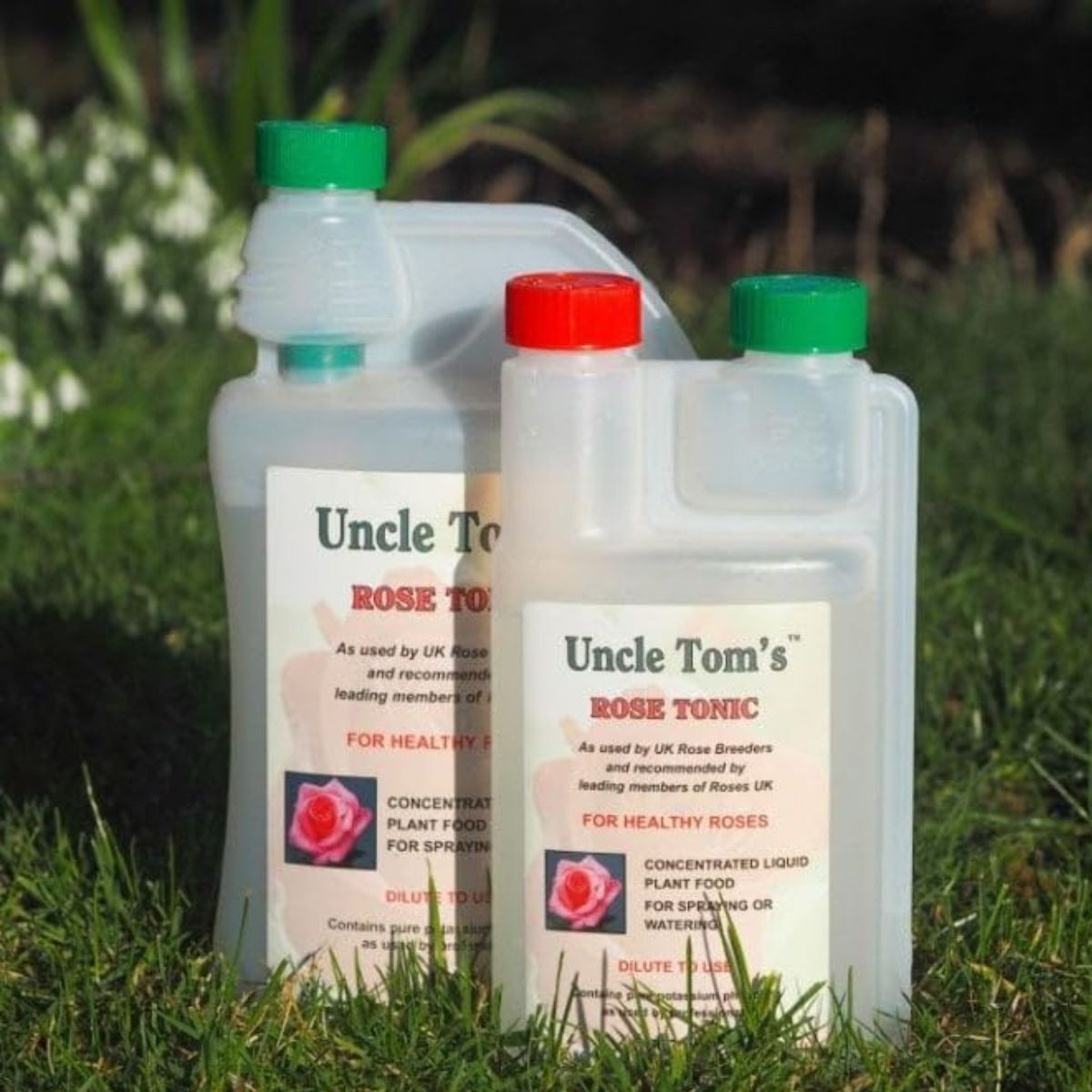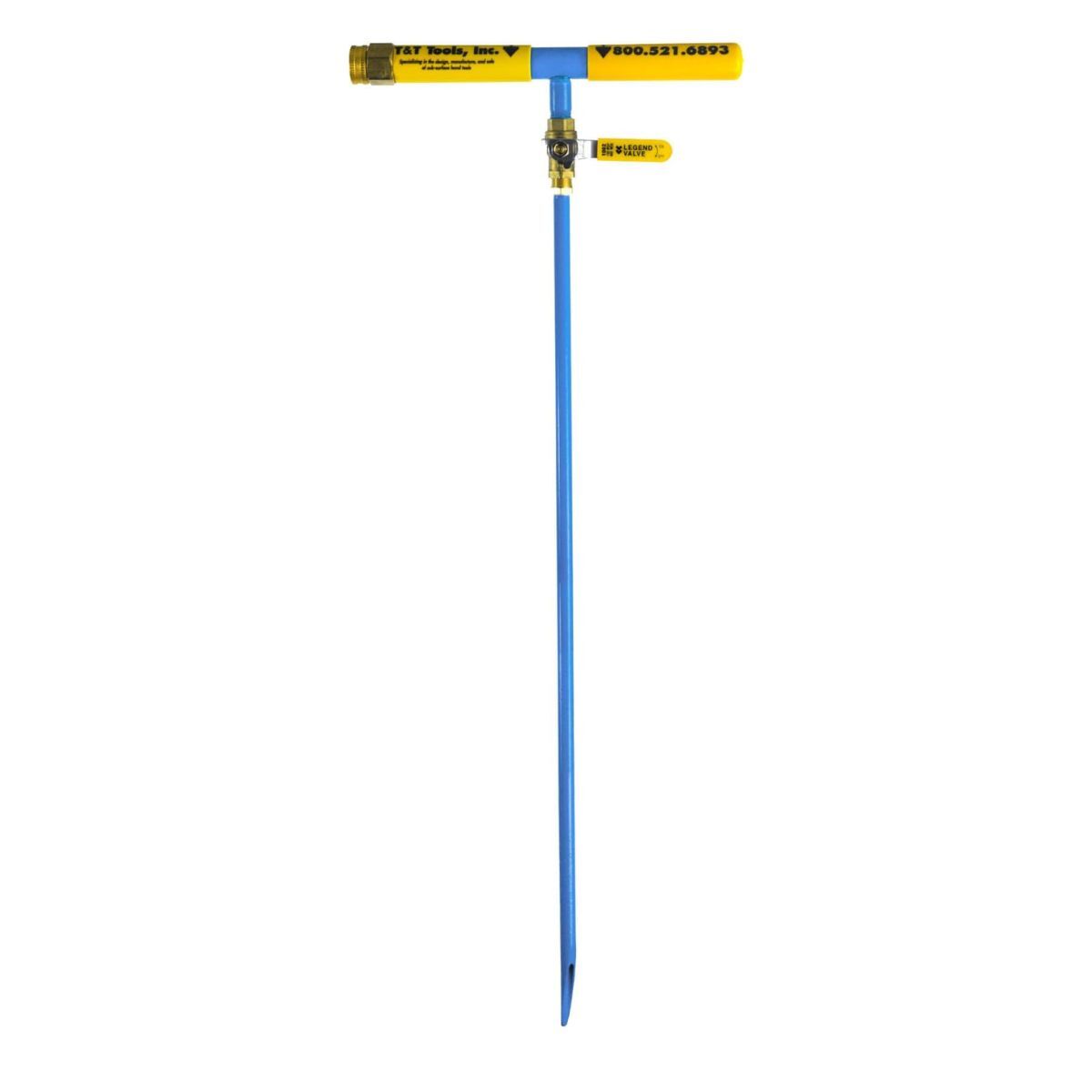How to ensure this year is the best year ever for your Annabelle hydrangeas
Addicted to your Annabelle hydrangeas? Here's how to get them to perform better than ever this summer
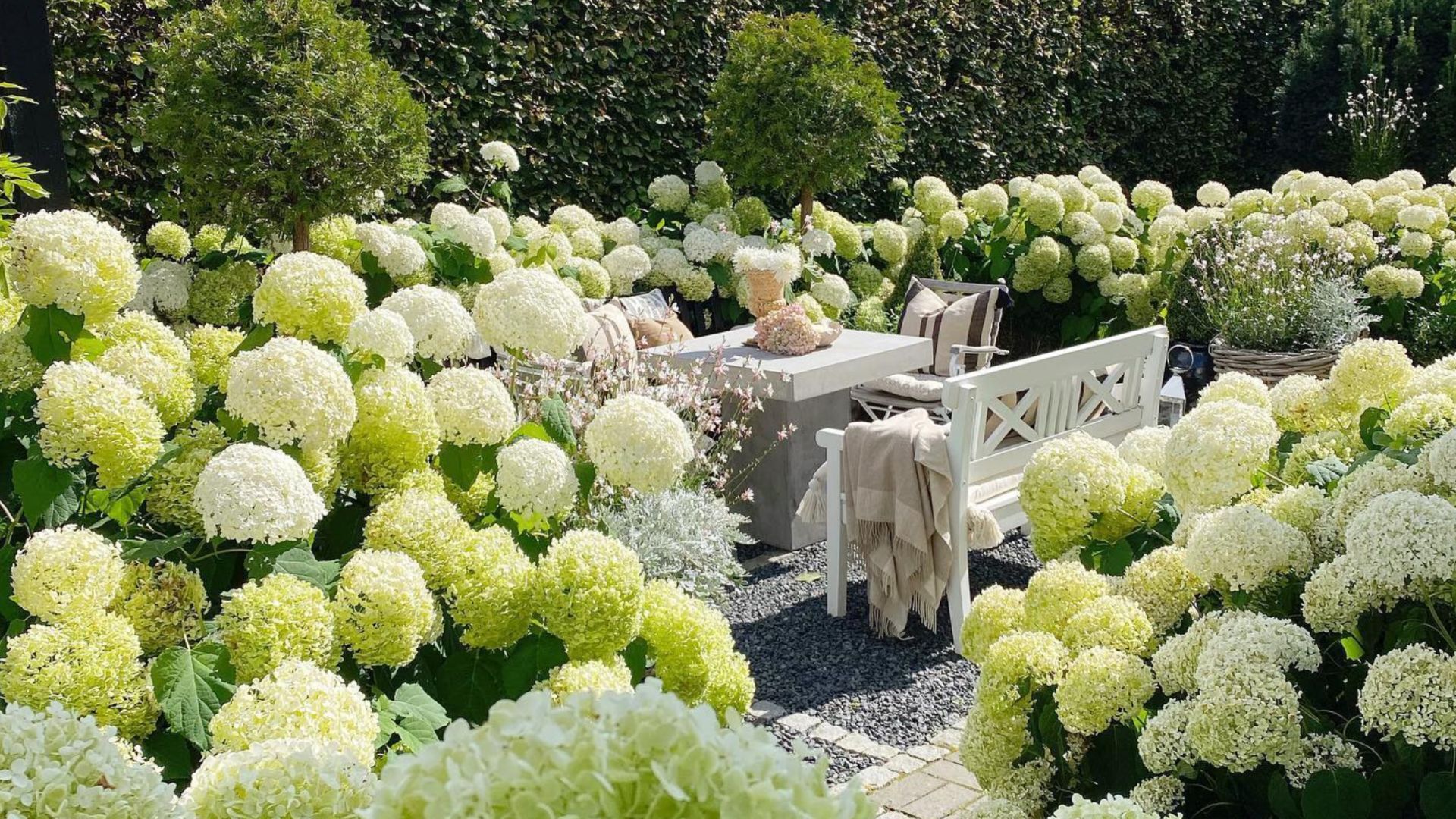

For those of us with a penchant for hydrangeas, it is impossible to celebrate the arrival of summer without speaking of Annabelles. We spend much of the year waiting with bated breath, whilst our Annabelle hydrangeas grow and swell (seemingly painfully slowly).
As you'll know if you love to grow hydrangeas, at this time of year the waiting finally comes to an end, and the beloved Annabelle hydrangea erupts into life with its enormous white inflorescences that emerge in great plumes amidst glowing green foliage, and flowers profusely all summer long.
One of the best hydrangea varieties for its striking mop heads, many of us can get rather competitive with the size and vigour of our Annabelle hydrangeas. Happily, there are several tried and tested methods to maximise the potential of Annabelle hydrangeas, and we are going to lift the lid on some of the best-kept secrets. Here's how to make sure your Annabelles have their best year ever, and get enormous clouds of white blooms all summer long
1. Water properly
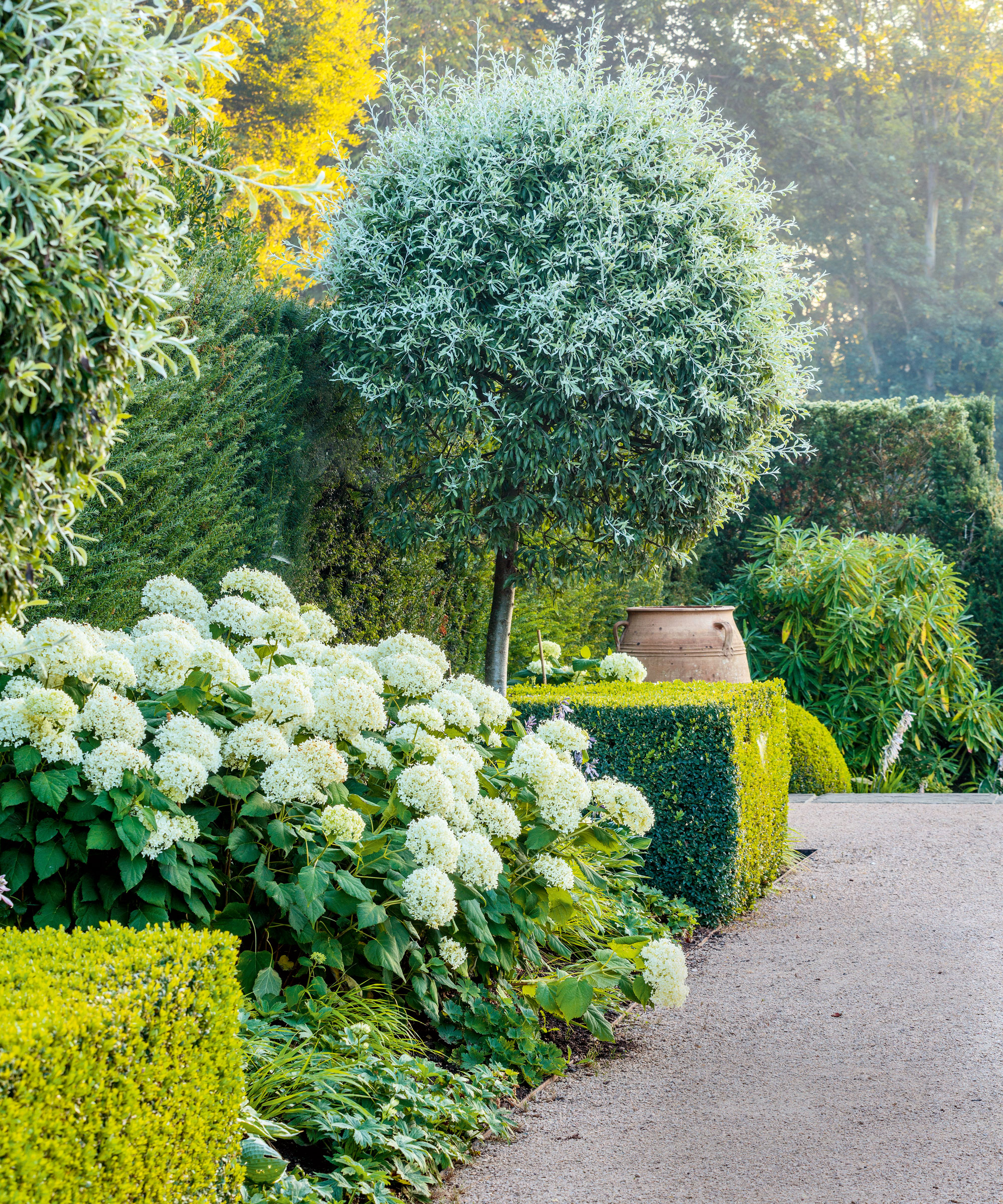
If you know a thing or two about hydrangeas, then it will come as no surprise that watering hydrangeas thoroughly is of utmost importance. But even if you know how to water plants, you may find that you simply aren’t cutting it for your beloved Annabelles.
‘Hydrangeas have very shallow roots and large, moisture-loving leaves,’ explains gardening and preserving coach Robin Phelps. So it is vital that they are thoroughly quenched and never, ever become thirsty.
'The best thing to do is stick your finger into the soil and see if it is damp at the second knuckle,’ explains hydrangea expert Lorraine Bellato. ‘If it is, walk away. If not, irrigate until you reach that point.’
If you are serious about taking steps to make your Annabelle hydrangea flowers so enormous they make passersby green with envy, it is well worth investing in an automatic watering system, like this irrigation timer available at Amazon. Even if you think you are watering enough, most Annabelle hydrangeas do an awful lot more drinking than you might imagine.
Design expertise in your inbox – from inspiring decorating ideas and beautiful celebrity homes to practical gardening advice and shopping round-ups.
2. Compost is your new best friend
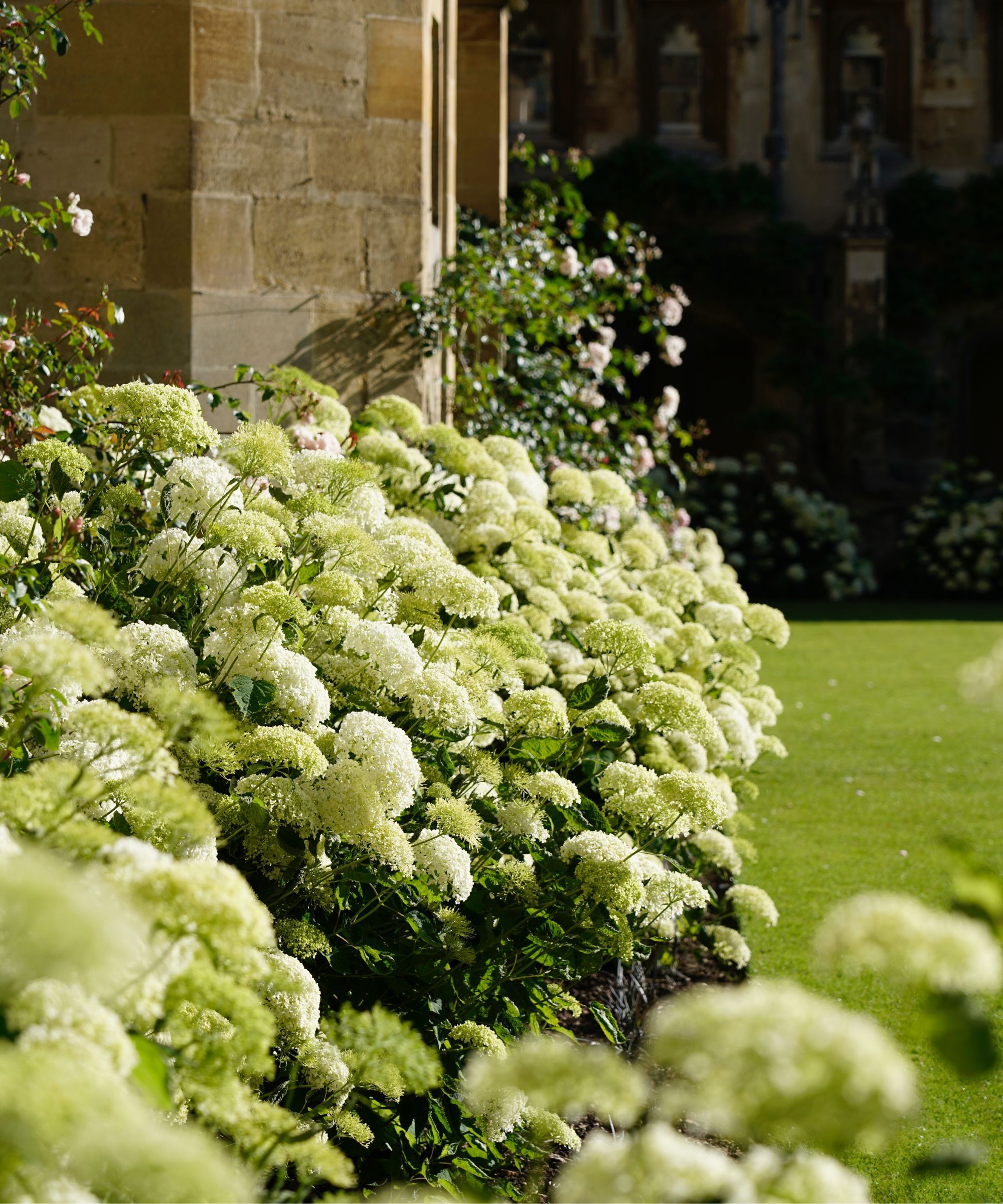
There is one particular trick that, once implemented, will make you feel as though you hold the key to the secret behind gargantuan Annabelle hydrangeas.
'Amend the soil where you have your hydrangea by adding compost,' explains Lorraine. 'The microbes in compost help the hydrangea Annabelle to use nutrients far better and retain moisture for longer in between waterings.'
After years of growing beautiful Annabelles, last year I added a rich homemade compost, and when it came to flowering, the size of the merengue-like flower heads was simply bewildering. Family, friends, and neighbours all remarked at how astonishing they were, and I felt like I had finally unlocked their potential, and up till then, they had only flirted with the idea of blooming.
Knowing how to make compost that your Annabelle's will thrive on is refreshingly easy. As long as you have a compost bin with ventilation and drainage, like this compost bin available at Amazon, and lots of lovely garden and kitchen scraps, you are already there.
If you're inclined to skip this step because composting sounds difficult or hard work, it is, somewhat surprisingly, none of those things. It will be the difference between good and superb Annabelle hydrangea performance this summer.
3. Don't let them burn in the sun
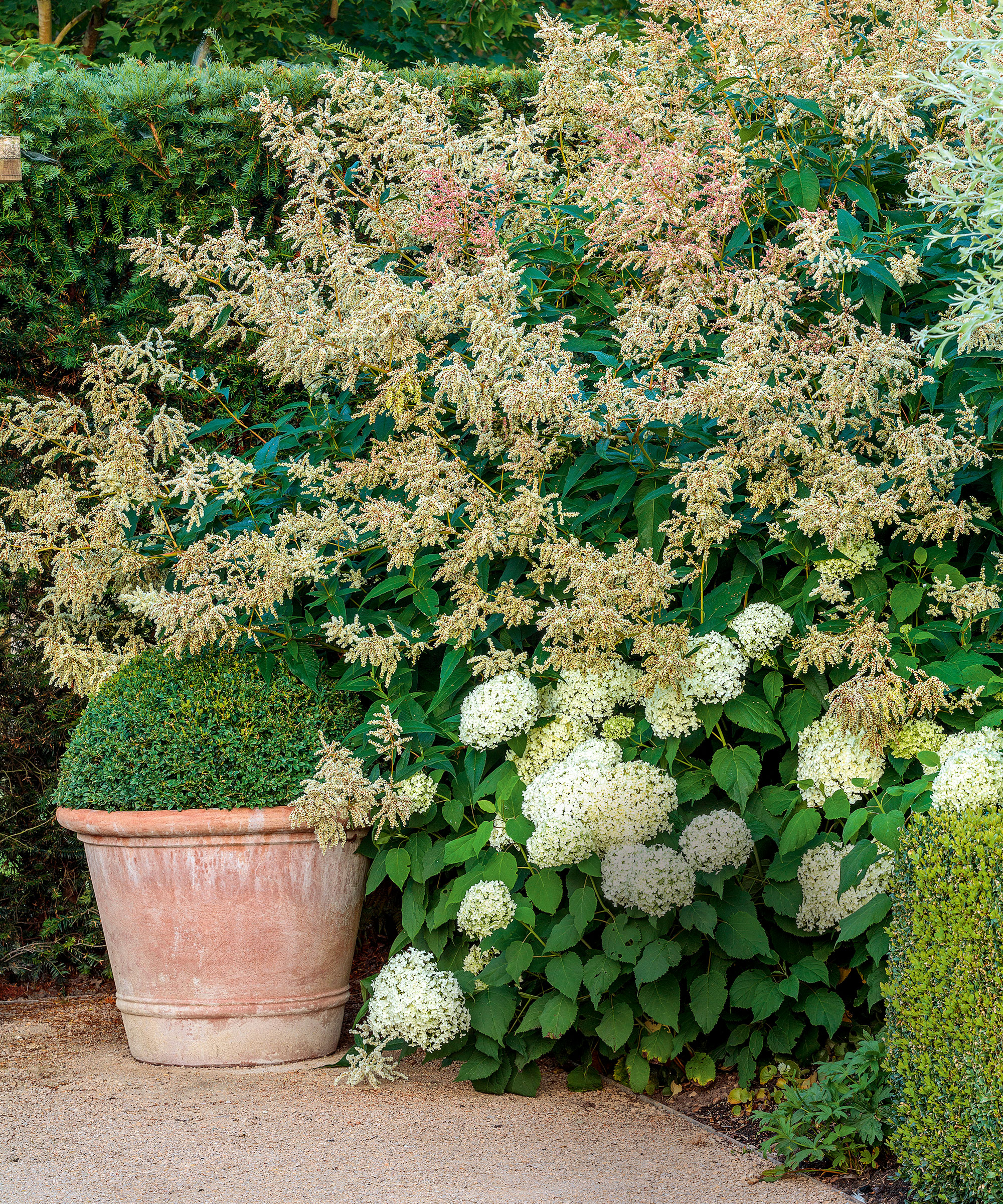
This particular tip is for the die-hard Annabelle hydrangea enthusiasts that want to go that extra mile to ensure prolific and beguilingly large blooms this summer.
'Make sure your Annabelle hydrangeas can get relief from the sun,' explains Lorraine. 'Part shade is the best light condition for them.' Indeed, the full-throttle blazing heat from full sun can do much more harm than good for these sensitive plants.
If your hydrangeas receive intense midday sun, and relocating your plants is not an option, it is well worth providing man-made shade.
'Use a shade cloth, patio umbrellas, or even old bedsheets to protect delicate Annabelle hydrangeas from peak sun,' says Robin.
A shade canopy, like this sun block shade cloth available at Amazon, will prevent burning and leaf scorch (which stunts growth) and will protect your Annabelles from soil compaction and crusting, which makes water absorption much more of a battle.

Lorraine Ballato is a hydrangea expert and the the author of the international best selling book 'Success with Hydrangeas', available at Amazon. She is also an in-demand speaker throughout the US and the resident hydrangea expert at the New York Botanical Garden.
4. Provide support
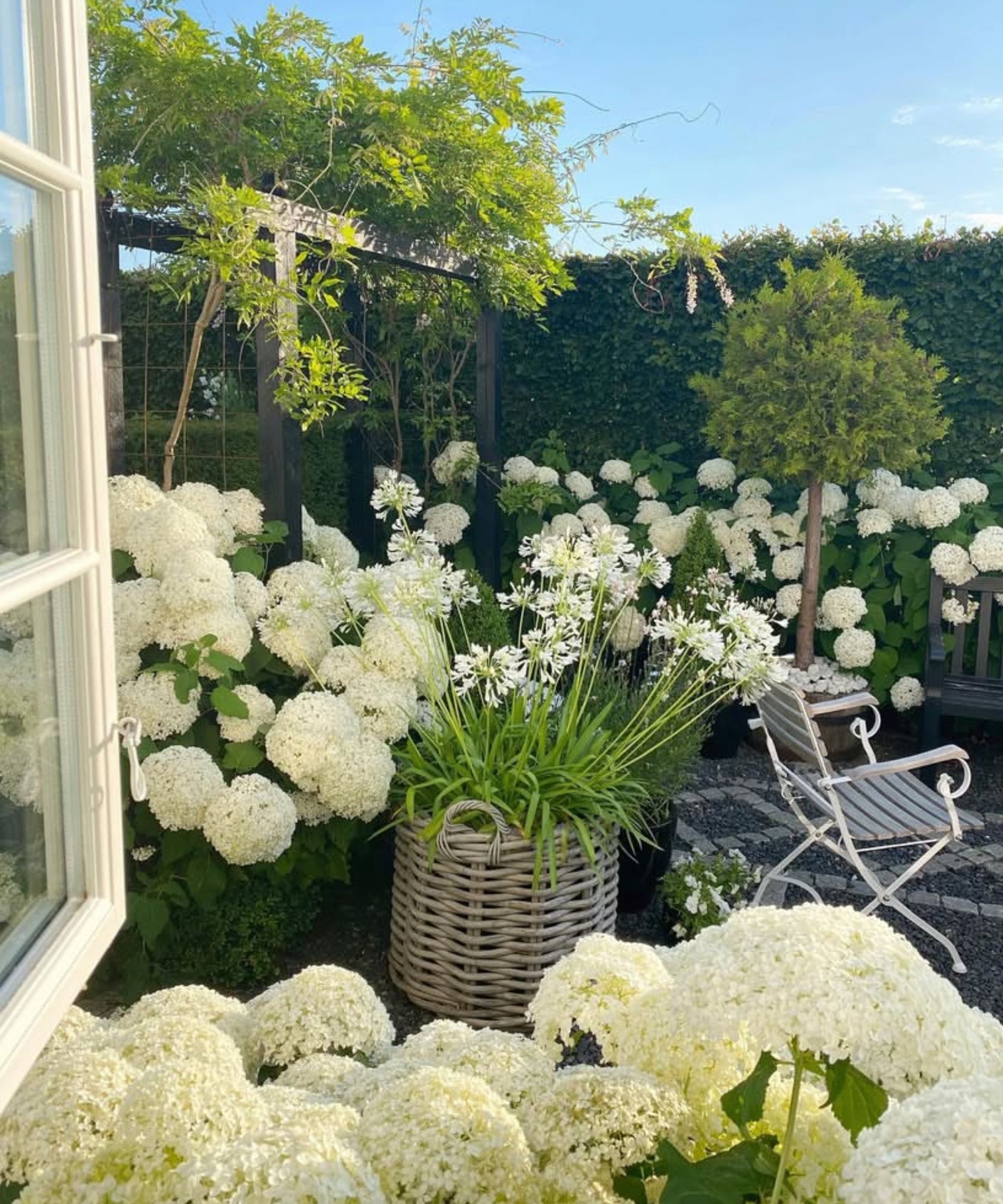
The dreaded words us Annabelle lovers loathe to hear: 'But they have such weak stems.' Indeed, this particular type of hydrangea can throw itself rather dramatically to the ground at the lightest touch of wind or rain, or if its flowers simply become too heavy.
'Just about everything is great about Annabelle,' says Lorraine. 'She flowers on new wood, which means you don't have to worry about winter cold or deer browse. She is a native and, as such, is easy to grow in terms of cultural conditions, and her white flowers aren't so stark a white as to shock your appreciation of the rest of the garden. The one and only drawback is her weak stems.'
If this recurring issue is a dealbreaker for you, then it is worth investing in the 'Incrediball' hydrangea, which is a cultivar of Annabelle but has been improved to have far more robust stems. They have enormous mophead blooms that have to be seen to be believed.
Try these Incrediball hydrangeas available at Nature Hills, which have strong stems, specifically bred not to flop.
But if, like me, you are sticking with your good old-fashioned (and floppy) hydrangea Annabelle, I have always found it is quite simple to keep them upright and tidy with simple plant supports. Although it has to be said, when the early September rain starts, I have been known to stand over by hydrangeas with an umbrella.
5. Use rose food
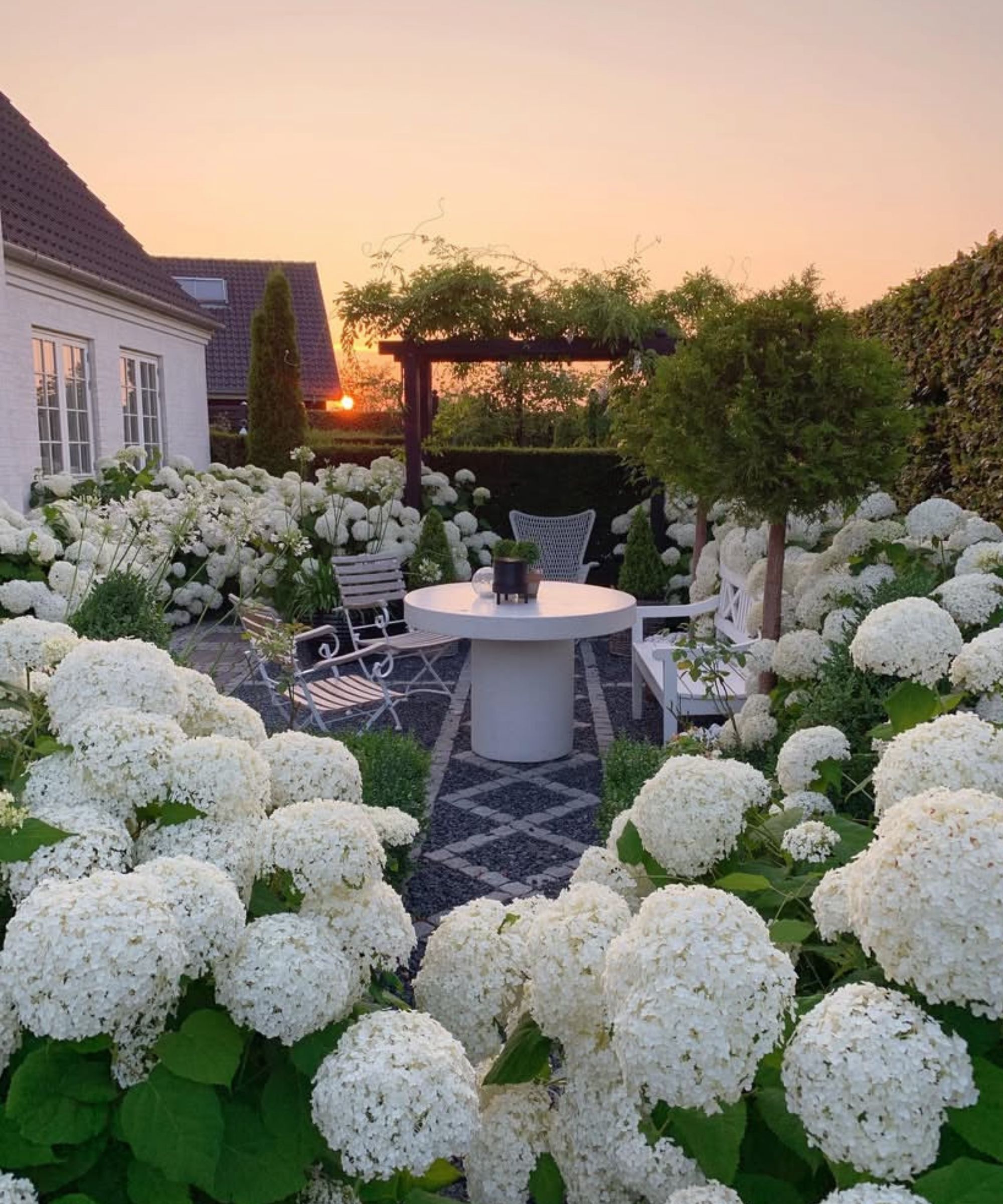
'Rose food is terrific for Annabelle hydrangea as it has a range of nutrients that the plant can use.' explains Lorraine.
'Annabelle is a native plant, so fertilizer is a bonus. Stay away from 'balanced' fertilizers like 10-10-10. No plant uses nutrients in the same amount, and using these balanced formulas just contributes to run-off and pollution. Go with rose food instead.'
Rose food, like this organic rose food from Burpee, will provide slow-release nutrients that will continue to feed your Annabelles for up to three months.
Your Annabelle Hydrangeas Summer Wishlist

I love these plant supports. They will weather to form a natural aged patina which looks particularly pretty, but these are not sprayed with acid or any other chemicals to accelerate the rusting process, as this can be harmful to hydrangeas. Instead, they will naturally rust over time.
Of course, how much of a spectacle your Annabelle hydrangeas are come summer owes a lot to how you pruned them in the winter.
Knowing how to prune Annabelle hydrangeas is crucial. 'Please do not ever cut them to the ground,' warns Lorraine. 'The stems will never be strong enough to hold up those delicious flowers. Leave a few old stems on the plant each spring (about one-third) so you can create a support structure for the new stems that will bear the flowers.'

Sophia Pouget de St Victor is the UK Content Editor at Homes & Gardens, bringing readers the latest trends, expert insights, and timeless design inspiration tailored to a UK audience. With a background in luxury interiors and a qualification in Garden Design from London, she has a passion for creating spaces with character and emotional depth. Sophia gravitates toward interiors that defy definition, valuing individuality and effortless elegance. She lives in West London with her partner, two mischievous terriers, and a plump cat named Lettuce.
You must confirm your public display name before commenting
Please logout and then login again, you will then be prompted to enter your display name.
